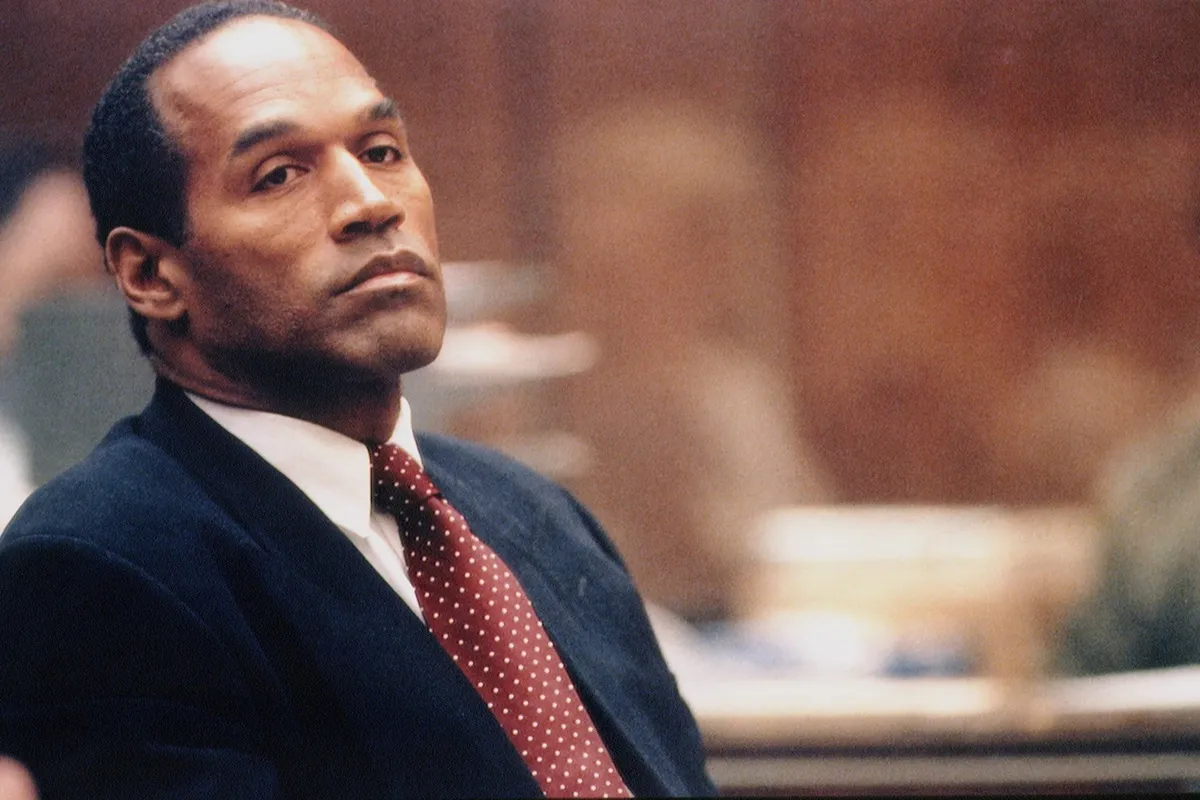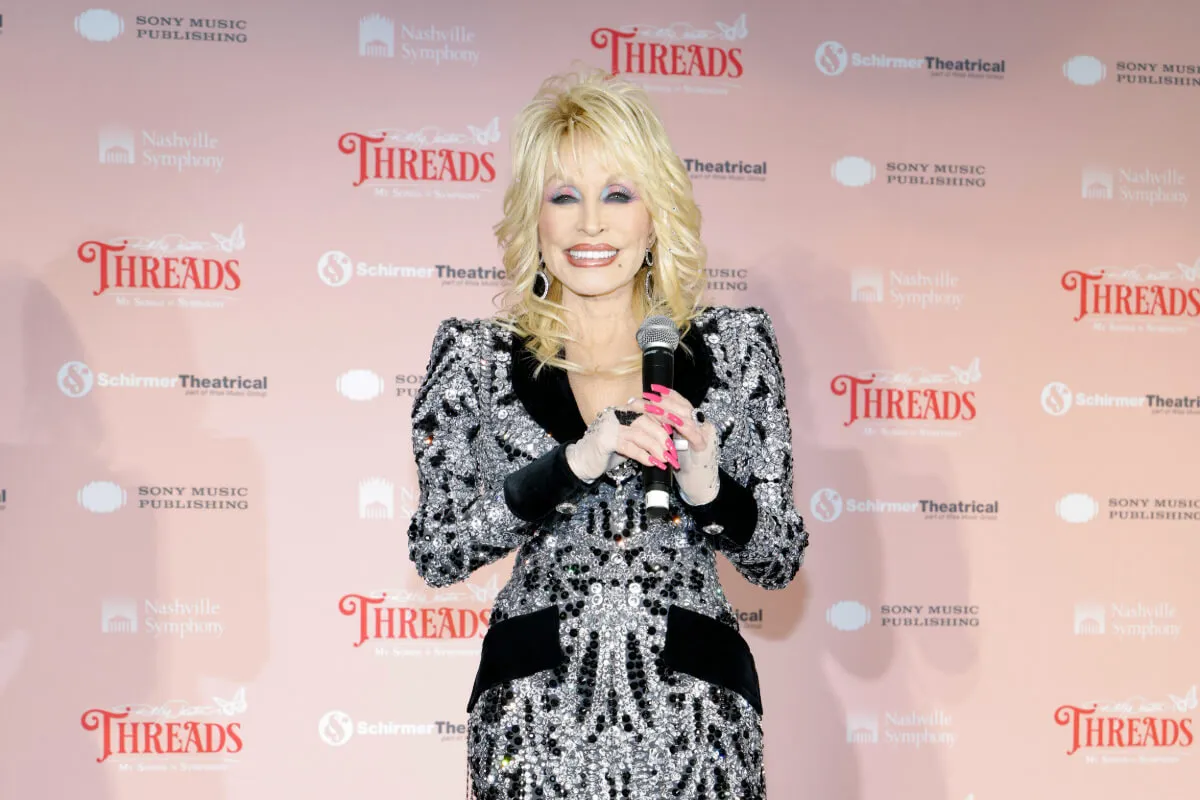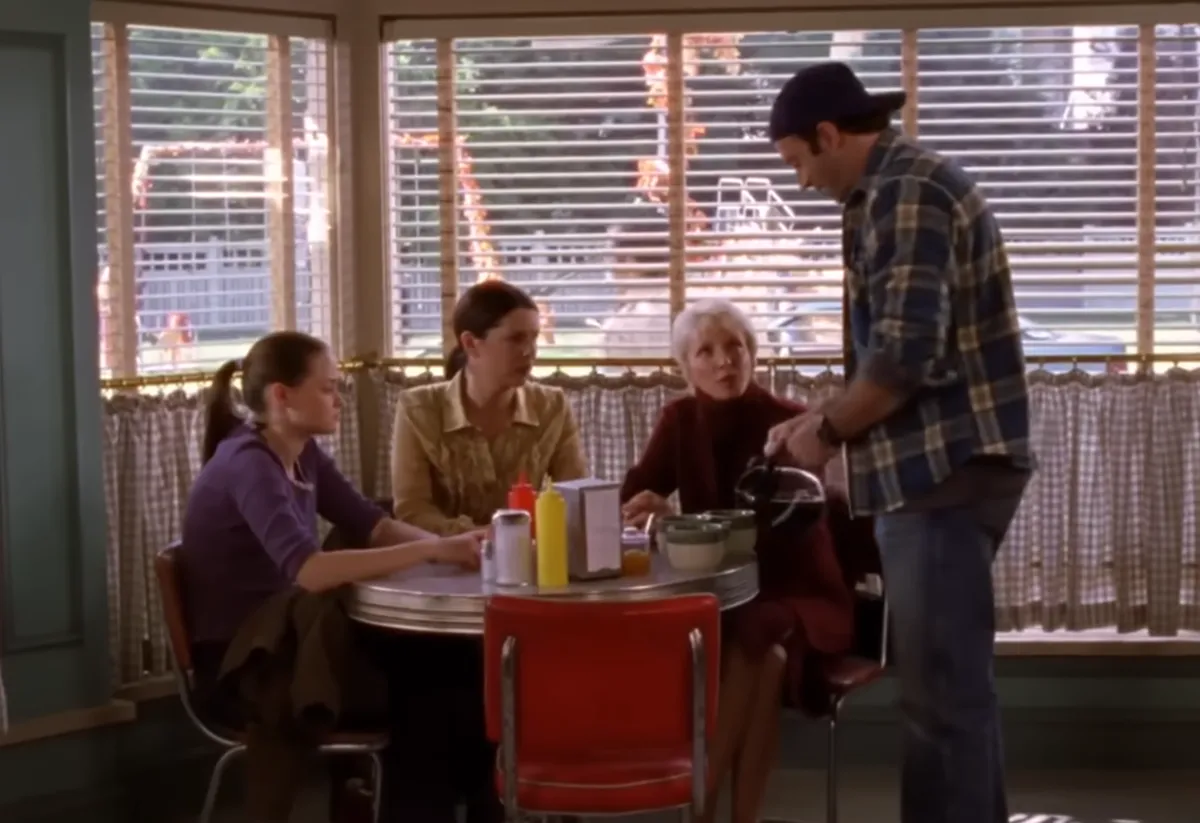
Why Were Cameras Allowed in the Courtroom for O.J. Simpson’s Murder Trial, but Won’t Be Allowed During Sean ‘Diddy’ Combs’ Sex Trafficking Case?
Sean ‘Diddy’ Combs is sitting inside a courtroom for the next several weeks, as a jury of his peers decides his fate. The hip-hop mogul could face life behind bars for sex trafficking and racketeering. While Diddy’s alleged crimes and current plight have made headlines for months, followers won’t get a glimpse inside the actual court proceedings. Cameras are not allowed inside the rapper’s trial. So, why exactly are cameras allowed inside some high-profile cases, like O.J. Simpson’s murder trial in the 1990s, and not others? We have the answer.
Why was O.J. Simpson’s murder trial televised?
O.J. Simpson’s murder trial, formally known as the People of the State of California v. Orenthal James Simpson, was one of the most widely publicized criminal trials in American history. It was also the most-watched, keeping massive audiences glued to the TV for months.
Allowing cameras into the courtroom was, in many ways, groundbreaking, but there was precedent. California state law allows cameras inside its courtrooms unless they interfere with proceedings or prevent a fair trial. Judge Lance Ito, who presided over the case, allowed cameras to be present. Judge Ito argued that airing the trial would serve the public interest and bolster trust in the legal system. According to NBC, it was a decision he later came to regret.
Despite Ito’s feelings, millions of Americans were captivated by the courtroom drama. Coverage included everything from opening statements to expert testimony and cross-examination. The verdict, announced on October 3, 1995, was watched by an estimated 95 million people nationwide. Clearly, viewership proves American citizens are interested in legal proceedings, especially when a celebrity is on trial. So, why isn’t Diddy’s trial being televised?
Why won’t cameras capture Diddy’s trial?
Since cameras are allowed in the courtroom for some cases, including highly publicized ones, many viewers are left wondering why they’ve been shut out in Diddy’s case. While journalists are reporting on what has gone on behind closed doors, cameras are strictly prohibited. The reason for it is simple. Diddy’s case differs from Simpson’s in a major way; it’s being heard in federal court, not in a state court.
Simply put, Sean “Diddy” Combs’ ongoing federal sex-trafficking and racketeering trial is not televised because of federal court rules that prohibit cameras in the courtroom. The Federal Rules of Criminal Procedure dictate how criminal trials are carried out in federal courts. During criminal trials, the use of electronics, including video and photography, is prohibited inside federal courthouses. State courts, like California state courts, do not necessarily all follow the same procedure.
While California laws influenced how much of O.J. Simpson’s trial the public saw, being in a state court probably wouldn’t have made a difference in Diddy’s case. Even if Diddy’s case had been heard in New York state court instead of a federal court, cameras would have been banned. New York courts follow federal rules and prohibit photography and recording inside courtrooms. Harvey Weinstien’s original rape trial as well as his current retrail aren’t being telvizied for the same reason.


